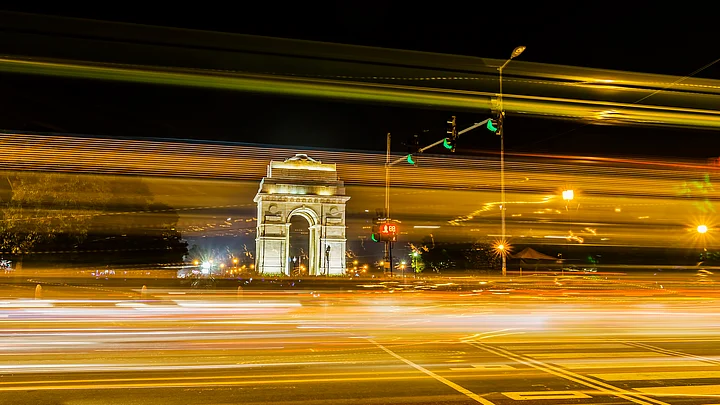There has been, in recent times, a great churning in what can be called India's "cultural space". Public institutions, hitherto custodians of all things "cultural", have been eclipsed by the rise of new-age festivals and events. Indeed, the involvement of the state in promoting culture is fast diminishing, with private event management companies stepping in to organise cultural events – at home and abroad – on a scale never known before.
Notwithstanding these changing trends, the future looks bright and full of optimism for India's creative industry. This is evident from the increasing interest in cultural events like the Jaipur Literature Festival (JlF) or the Kochi Biennale. At the same time, art and publishing sectors are also seeing an unprecedented rise in revenues. International auctions featuring contemporary Indian art have seen record-breaking sales in recent years and Indian writers have bagged international contracts, often at rates much higher than their Western counterparts.
New art galleries have opened in cities, multinational publishers are thirsty for Indian stories, translations are gaining their rightful attention, literature festivals have mushroomed across the country and, for those inclined, there is something interesting – exhibitions, talks, culinary events – happening almost every week.
Compare this to a handful of institutions like the state-run Akademis or the NCPA in Mumbai that bore the entire burden of organising cultural events till about two decades ago, and a striking contrast emerges.
There is another contrast, too. While institutions like the National Gallery of Modern Art struggle to attract audiences (apart from school students) even with their minimal entry fee, almost every art or cultural event these days – both paid and free – run house-full. How is it that the private sector in the creative industry manages to attract crowds for events that usually go unattended at public institutions?
The artists, writers, musicians and dancers are the real force behind this creative boom in the country but what degree of difference has really been added in the recent years. Industry insiders suggest that the most ground-breaking thing to happen in the recent past is the coming together of the “creative class” and their realisation of the need to speak in one voice.
The boom in literature festivals was not only unprecedented in terms of the audiences that they attracted but also for the behind-the-scenes networking opportunities they threw up, bringing people with similar trains of thoughts together. Thus, it paved the way for new collaborations and partnerships and the emergence of even more events and platforms. Today, India hosts close to 200 literature festivals in a calendar year.
While all of these are not as big or as successful as the JlF, they have in their own ways contributed to the awareness about literature and culture among the masses. The sudden upsurge in the interest in cultural events therefore is no surprise.
But even as a culture revolution is sweeping through India’s urban landscape, there are questions that need to be addressed. Unplanned growth may lead to the sudden end of this boom period and, therefore, voices from the fraternity need to address the elephant in the room — the audience. Spreading propaganda by misleading the audience in the name of culture is a norm at many events today.
As late diplomat Abid Hussain had pointed out in "India's National Culture" (National Book Trust/1978), the real problem in defining Indian culture is “that India is the home of one of the oldest peoples, and is at the same time one of the younger nations”. As a civilisation, we have a set pattern of life “firmly anchored in time-honoured traditions" but where will this new age cultural revolution lead us to.”
On the one hand, the success of entrepreneurs from the creative industry is a positive sign but, at the same time, only a handful have come to rule the roost.
Are a handful of people commanding a monopoly over India's creative industry today? Will they – the cultural entrepreneurs of today – emerge as an arm of the state in the future because events that attract lakhs of impressionable visitors are potential grounds for political slugfests tooI.
At the same time, are the events and shows that find allegiance in democratic norms, truly democratic and open to all voices? Or are they, like the television studios of today, running with vested interests at play?
(In our "Shifting Sands of Culture" series, five noted personalities will address diverse issues and trace the changing dynamics of India's culture in articles written exclusively for IANS. Saket Suman is a Principal Correspondent at IANS. He can be contacted at saket.s@ians.in)
(The views expressed above are the author’s own, The Quint neither endorses nor is responsible for the same.)
(At The Quint, we question everything. Play an active role in shaping our journalism by becoming a member today.)
